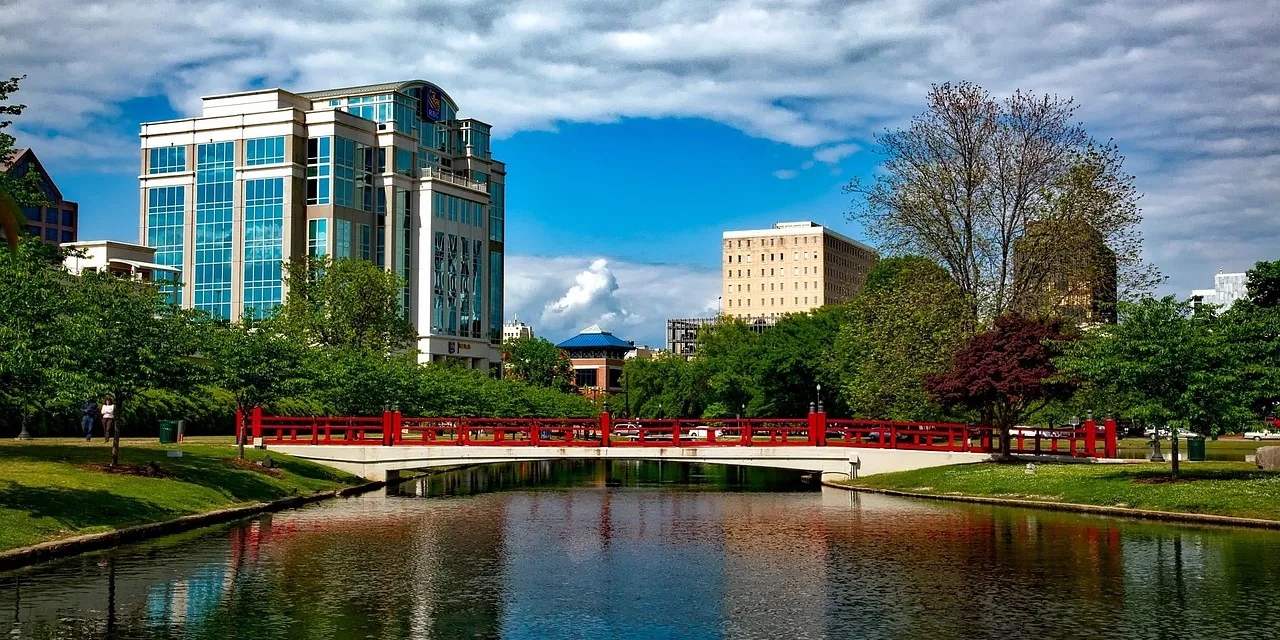TBG’s Jeff Reiman Featured in Urban Land Magzine
By Brett Widness
Nov. 18, 2013
As Americans spend more and more time online using multiple devices, higher-speed internet connections are shifting from a luxury to a necessity, panelists said at the ULI Fall Meeting in Chicago.
Americans are spending up to five hours per day on the internet, panelists noted. Sites providing video streaming, gaming, online education, and telemedicine require greater bandwidth. Services requiring higher-speed internet can also enhance security and energy management features that save homeowners money.
“Gigabit” refers to fiber-optic networks offering speeds of 1 gigabit per second—roughly 40 times faster than the rate offered by an entry-level account with a cable television service. For homebuyers under age 45, ultra-high-speed internet access ranks third among most desirable amenities behind walkability and green space, said Michael Render of research firm RVA LLC. The cost of providing such service is also relatively low for new construction—roughly 2 percent of the cost of a $300,000 home—compared with other high-end amenities.
While Google is slowly rolling out its Google Fiber service to specific cities, such as Austin, Texas, and Kansas City, Missouri, a company called Gigabit Squared is partnering with cities like Seattle and Chicago to provide higher-speed connectivity through public/private partnerships.
In Seattle, an apartment building received 11,000 new tenant applications when it announced it was getting a gigabit connection, said Mark T. Ansboury, Gigabit Squared founder and president. Buildings with high-speed connections tend to have higher occupancy and lower churn because tenants who have experienced the higher speeds tend to be unwilling to go back to a slower speed at a higher cost, Ansboury said.
Whereas cellphone-based 4G internet connectivity is getting faster and more popular, fiber optics can also serve as the backbone for faster wi-fi and smaller cellular towers, said Jeffrey Reiman of the Broadband Group. This is especially true in newer communities that may not already have a strong cellular network.
Render said his research shows that compared with a typical community, gigabit communities see an average increase of 1.3 days per month working from home per household and a 14 percent increase in home-based businesses.
Read the Full Article Here
%20(1).webp)
.webp)
Building Information Networks for 21st Century Communities
A trusted advisor to municipalities, utilities, and master developers in broadband planning, network design, and business strategy.

.png)


